Say No to Invasive Plants
Problematic invasive plants
New Years Resolution: SAY NO TO INVASIVE PLANTS!
Invasive plants are a frequent conversation over dinner with gardeners – we can never believe we put them in our gardens and have suffered through torture trying to remove them. Horticulturists in the south spend half their lives cutting kudzu out of naturalized areas, for instance. Be it garlic mustard (seen above), oriental bittersweet, or bamboo; gardeners spend a lot of time trying to save the native area when an invasive plant such as these takes off wildly and devastates the environment. Bottom line, the problem with an invasive plant species is that it can destroy an existent eco-system.
I would like you to go into this new year doing research before you buy plants from the garden centers which might be invasive – do research before you put something in the ground on your property. There are hundreds of various invasive plants which can be problematic. To learn more about the invasive plant species in the United States, begin by checking out the National Invasive Species Information Center on the United States Department of Agriculture Agricultural Library at www.invasivespeciesinfo.gov. There’s an even more extensive online list at www.invasive.org.
COMMON INVASIVE PLANTS STILL SOLD AT GARDEN CENTERS —
- Burning Bush
- Bamboo
- Privet
- Bradford Pear
- Wisteria
- Purple Loosestrife
- Norway Maple
- Japanese Honeysuckle
- Pampas Grass
- Crown Vetch
Below is an infographic that gives a few more tips on invasive plants. Most important is to NOT BUY the invasive plants from the garden centers – they will be nothing but trouble for you and the environment in the long run – and to be sure to cut out any invasive plants that take root in your garden. Additionally, don’t compost invasive plants as they can take root in the compost and spread when you distribute the soil.
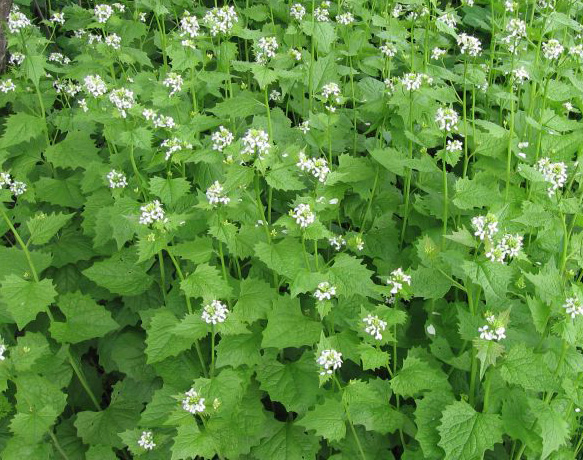
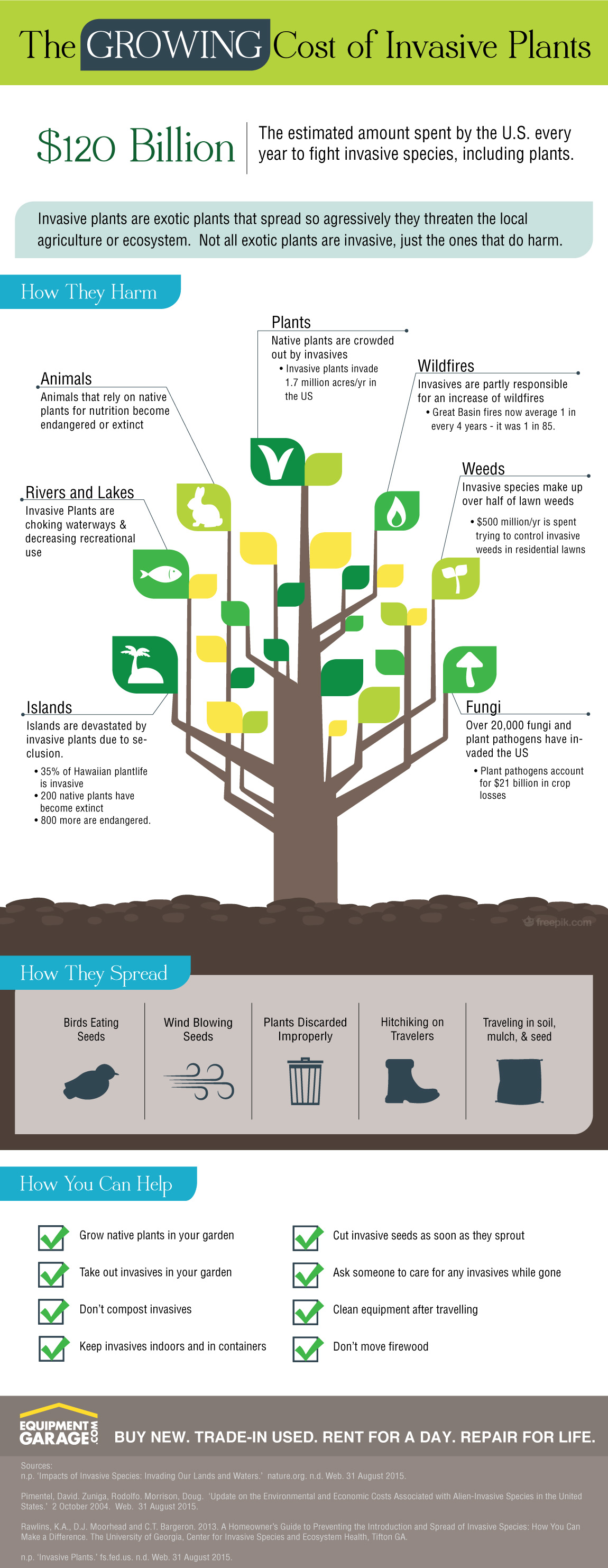
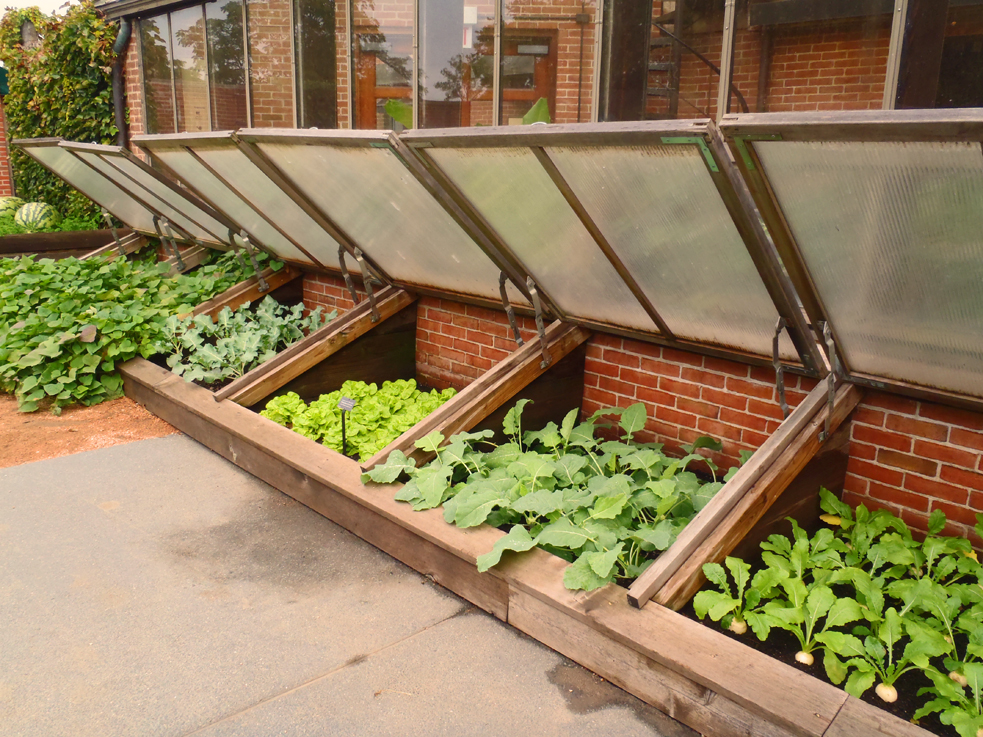
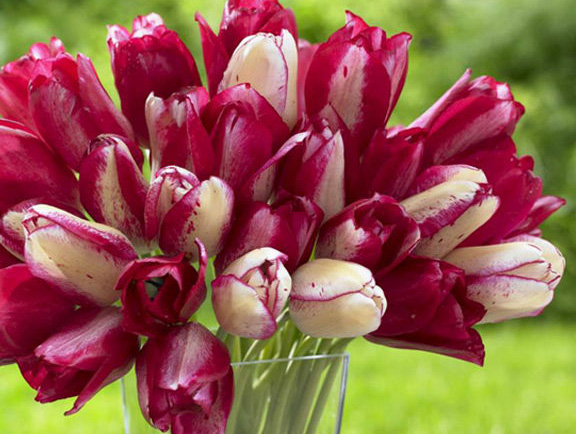
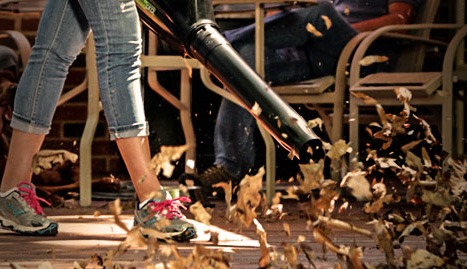
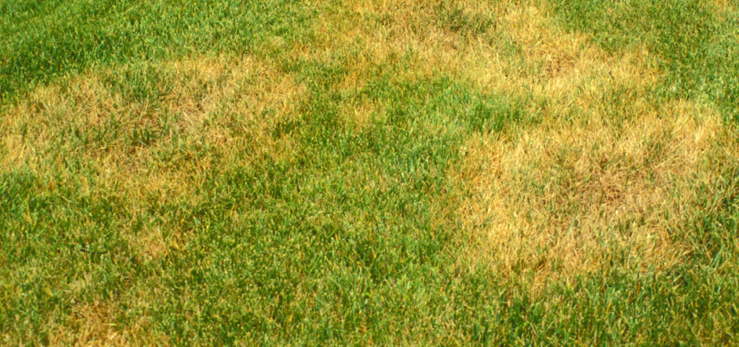
A wonderful New Year’s resolution and thanks for spreading the word….I have removed many from my garden and continue to add natives….I love what it has done for the habitat and the wildlife have poured into the garden.
Great infographic and great guidance from you, Shawna! I often let folks know, also, that there are “code” words to look for on labels and in catalogs that are a sure sign that it’s invasive. Terms like “fast growing,” “vigorous,” and often “easy” are signs that it may be more that you want. Eeeeek, lemon balm! Eeeek! (also be wary of offers of out of control plants from your neighbors!) 🙂